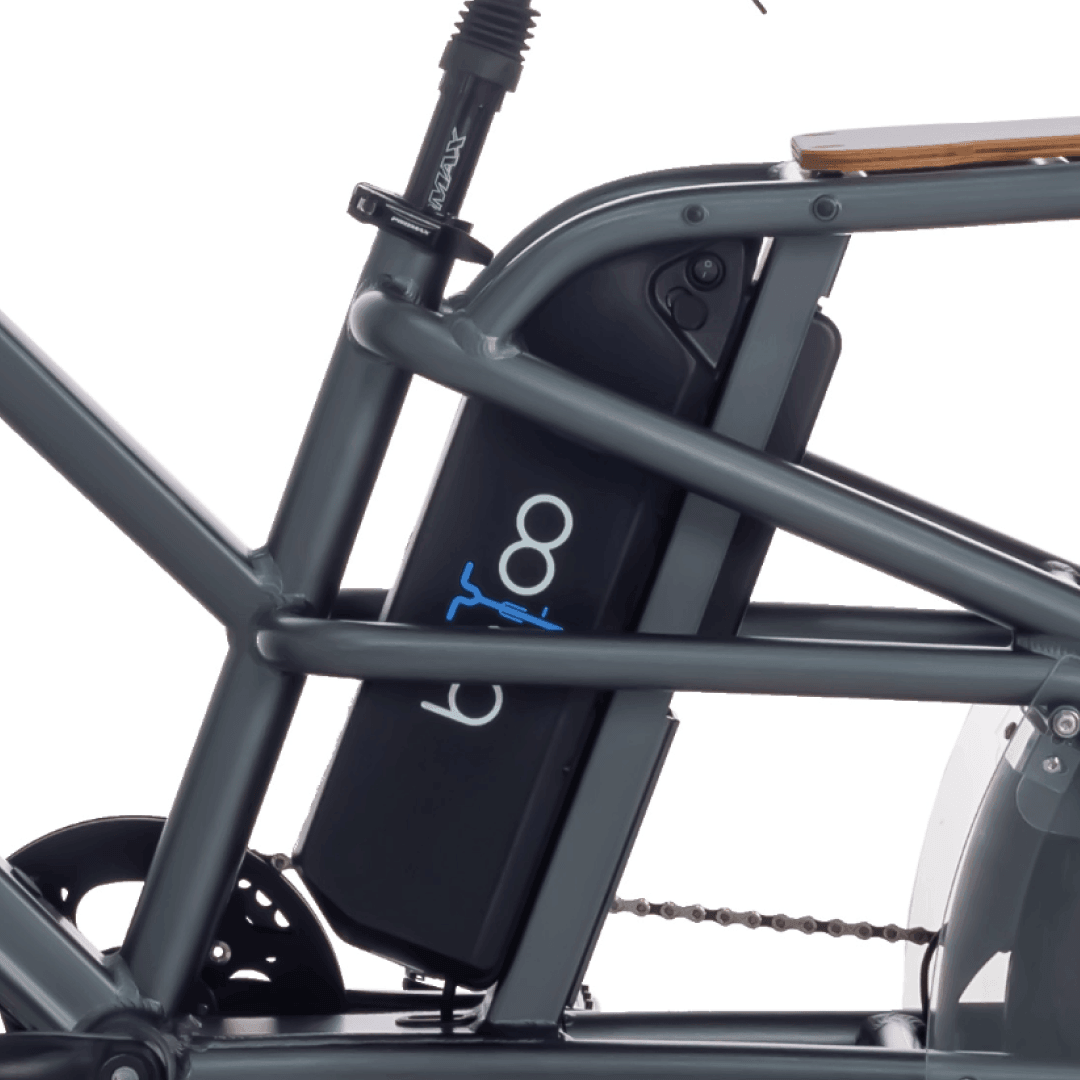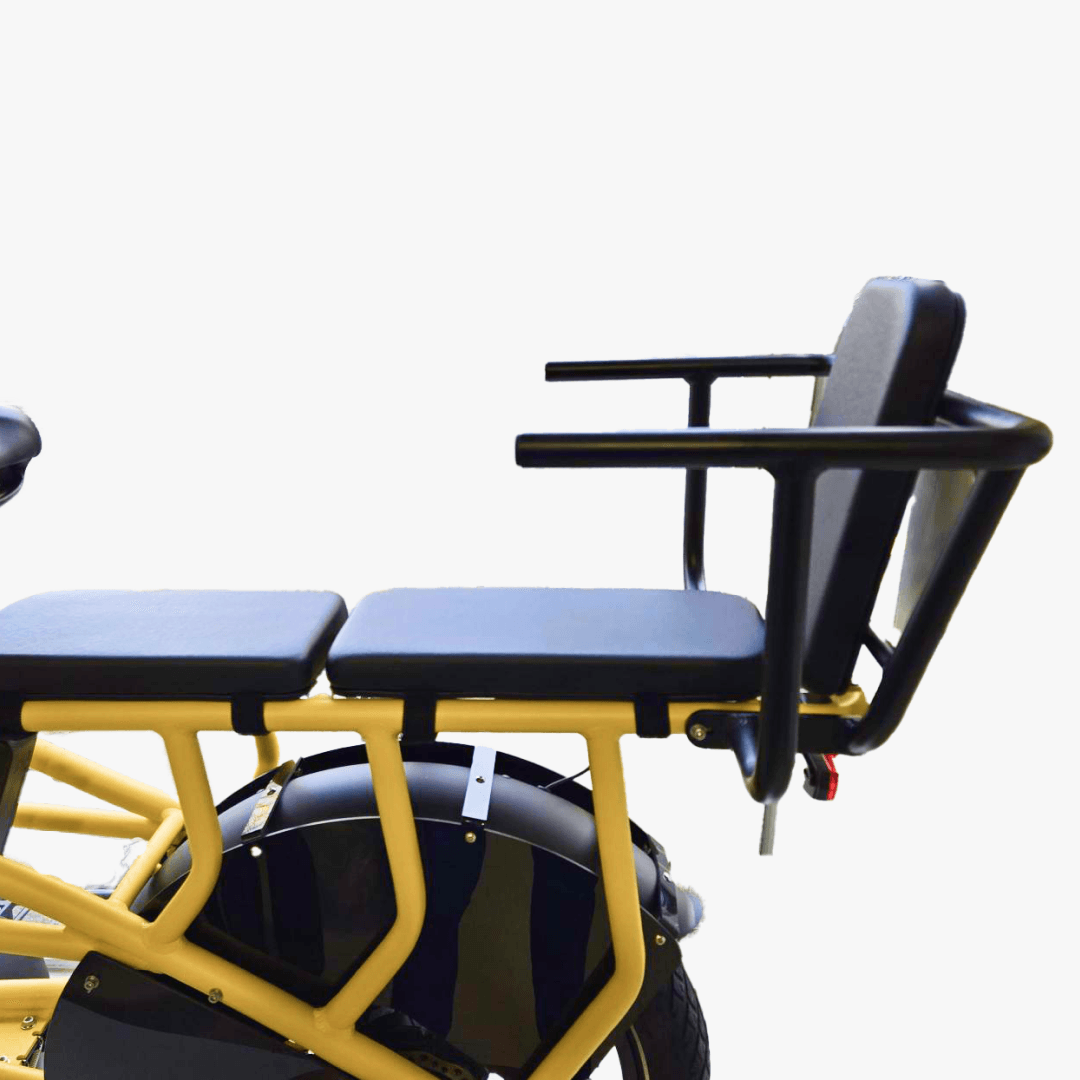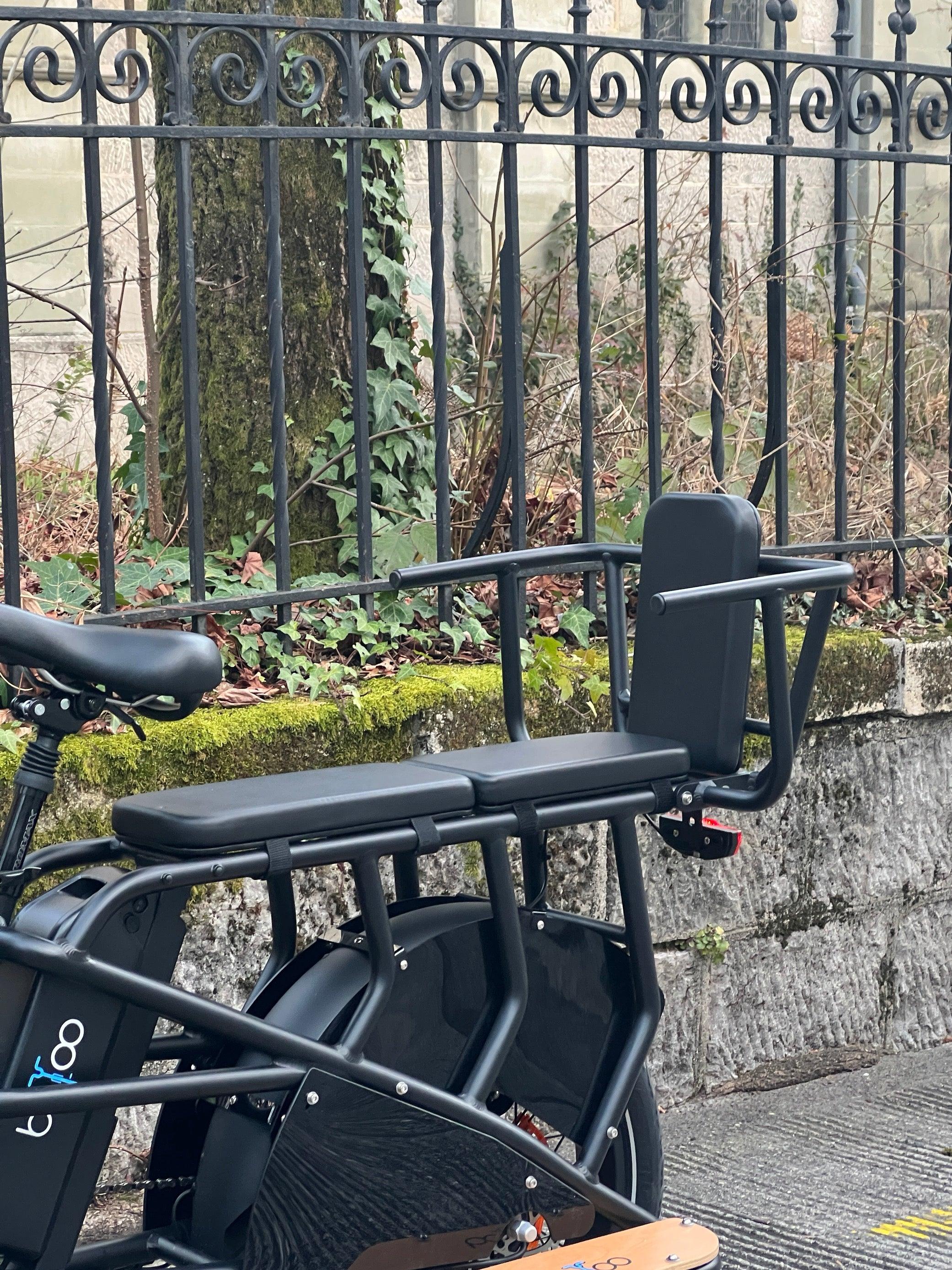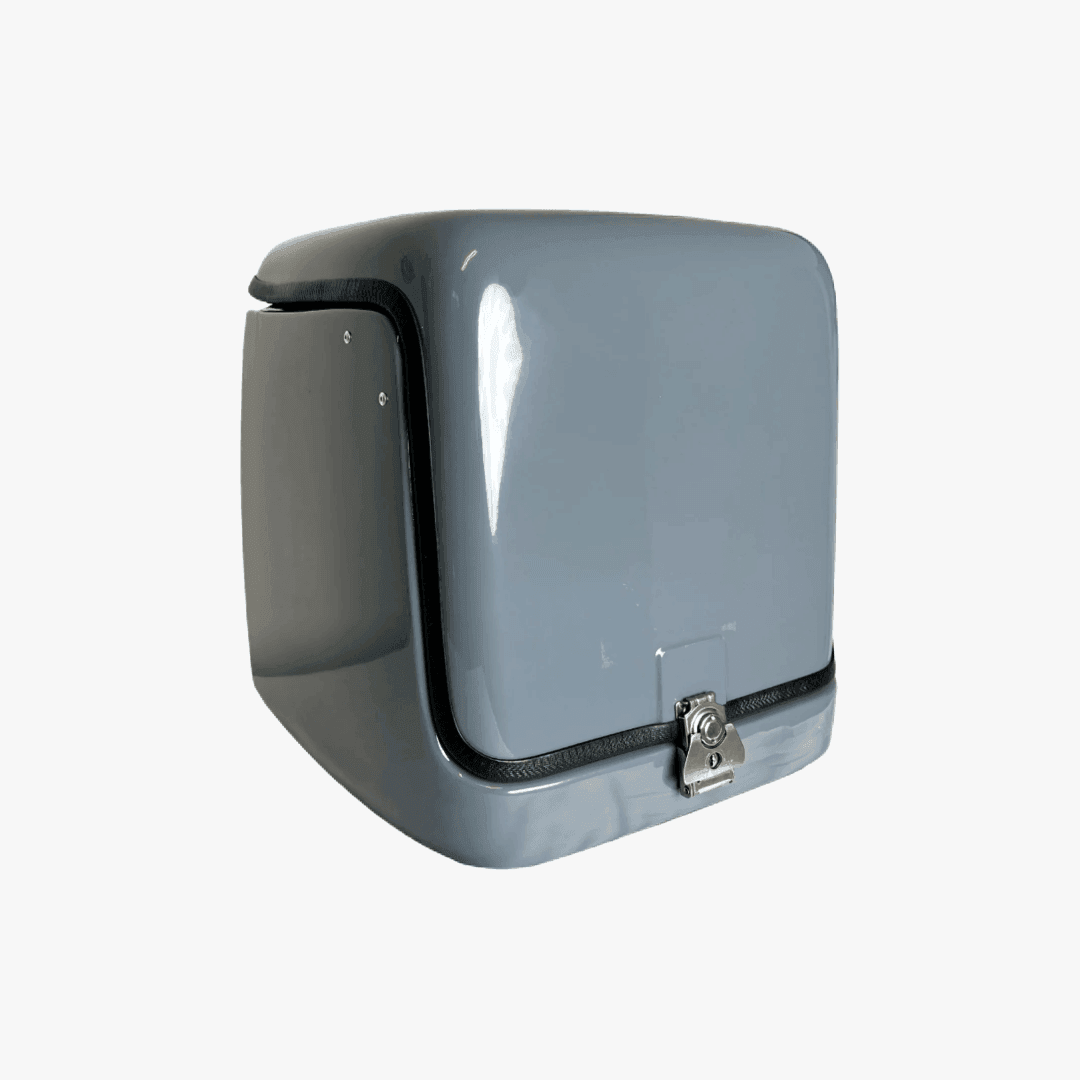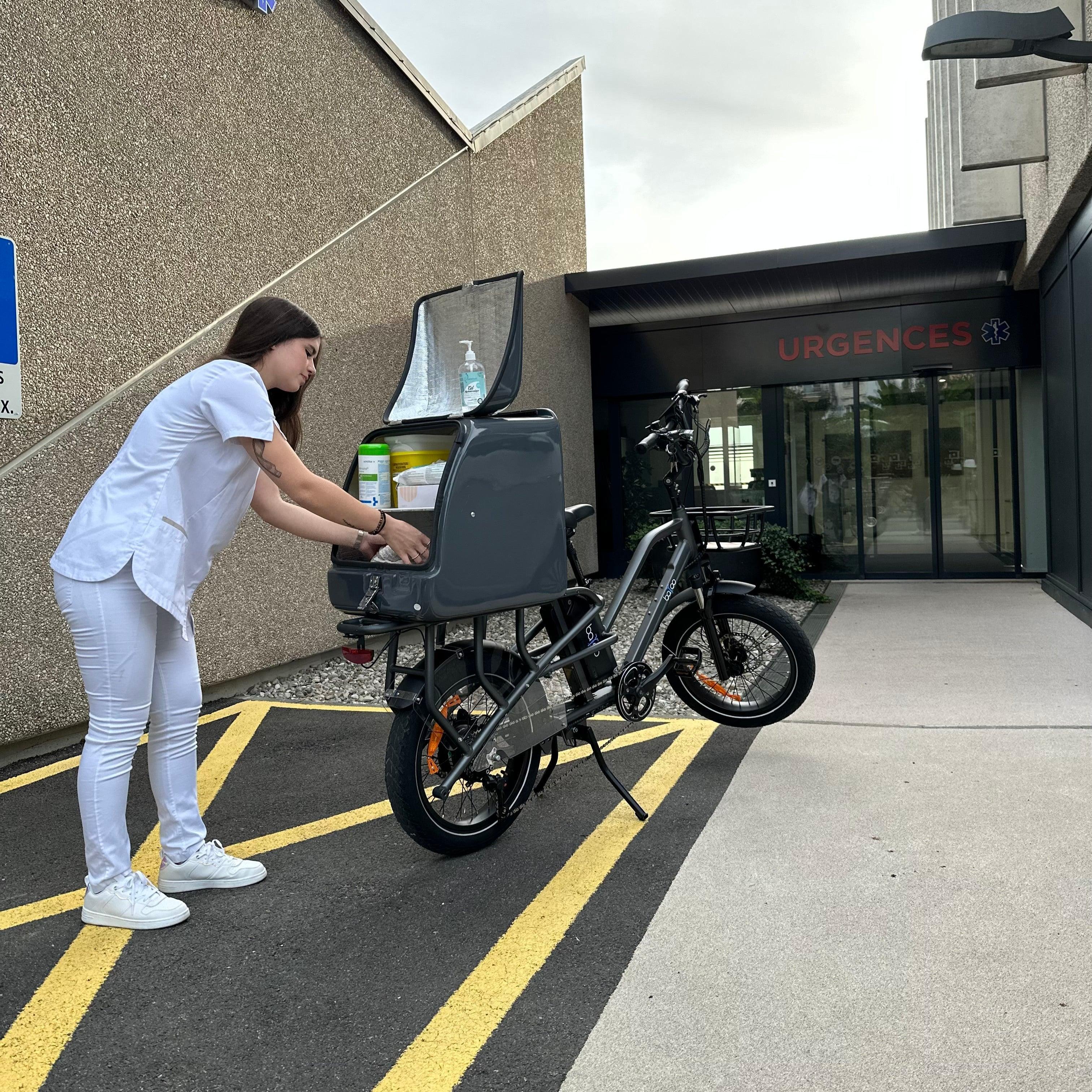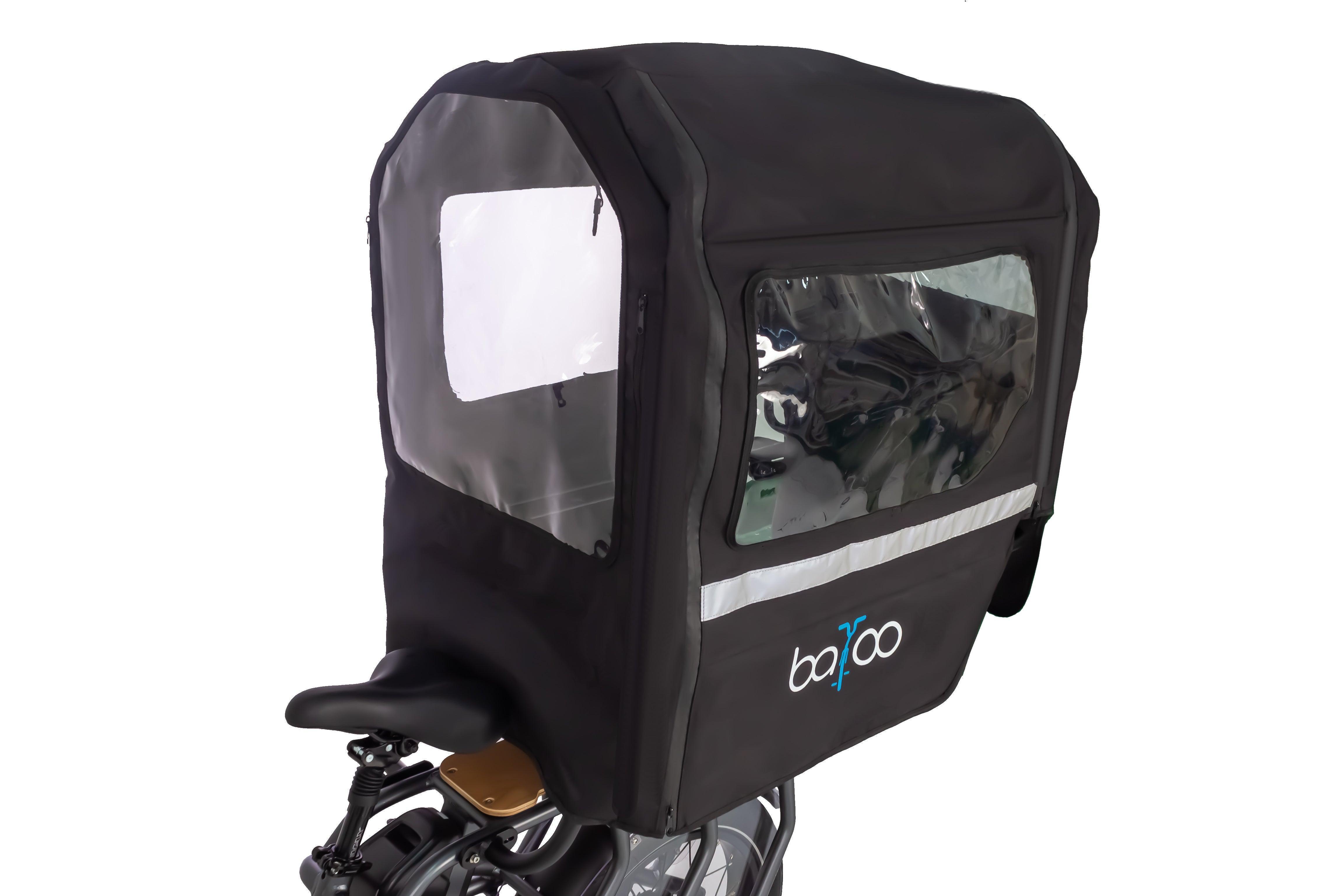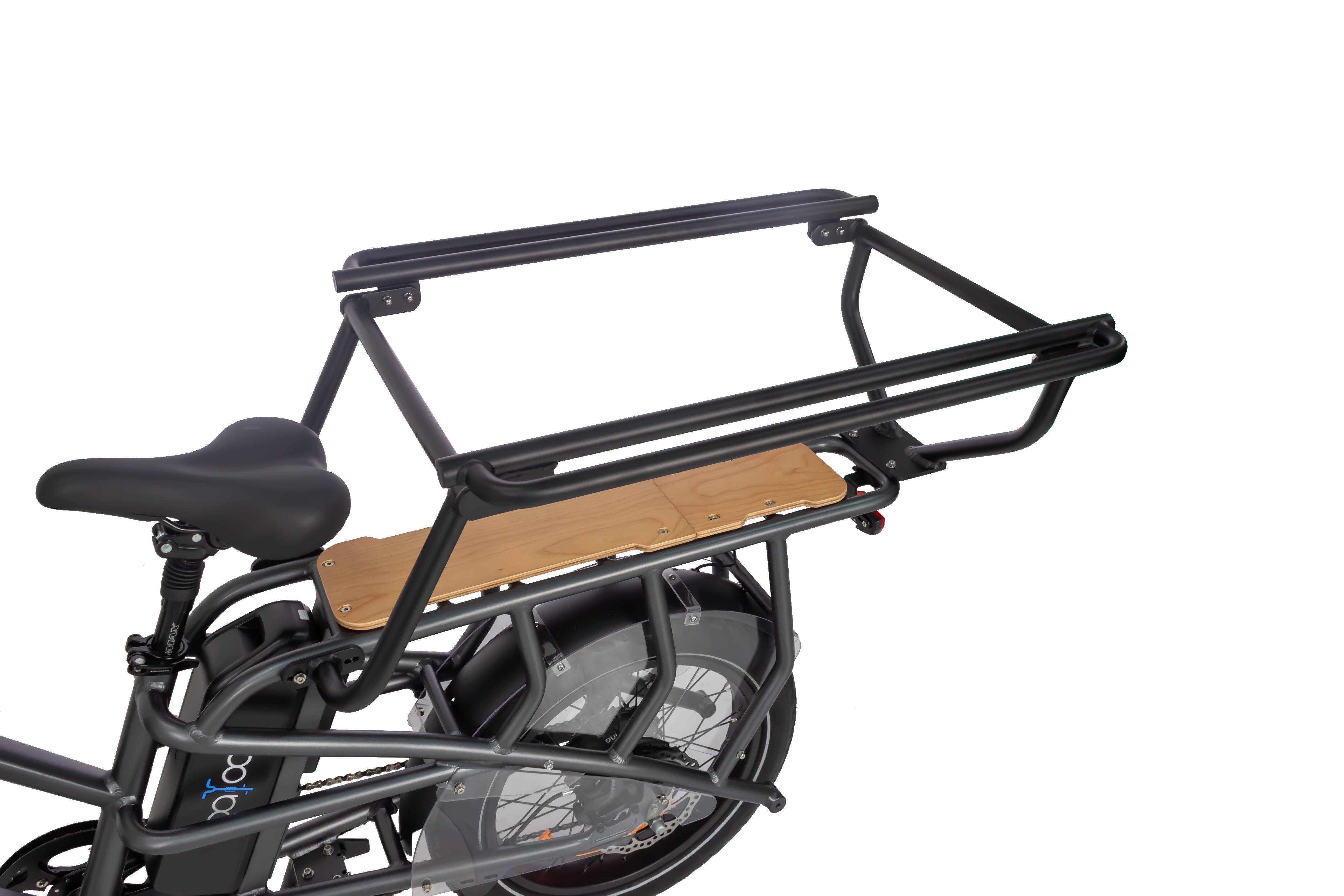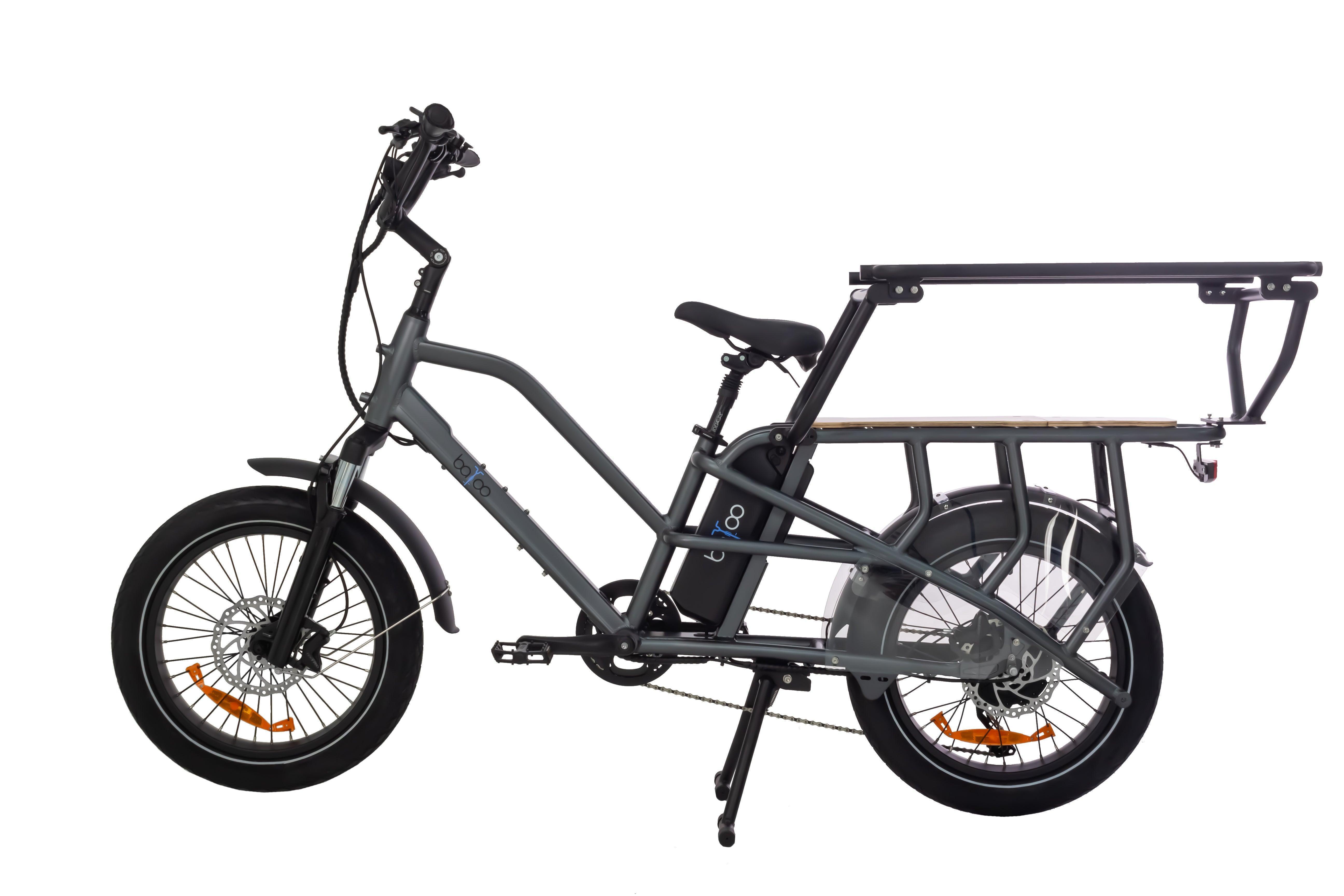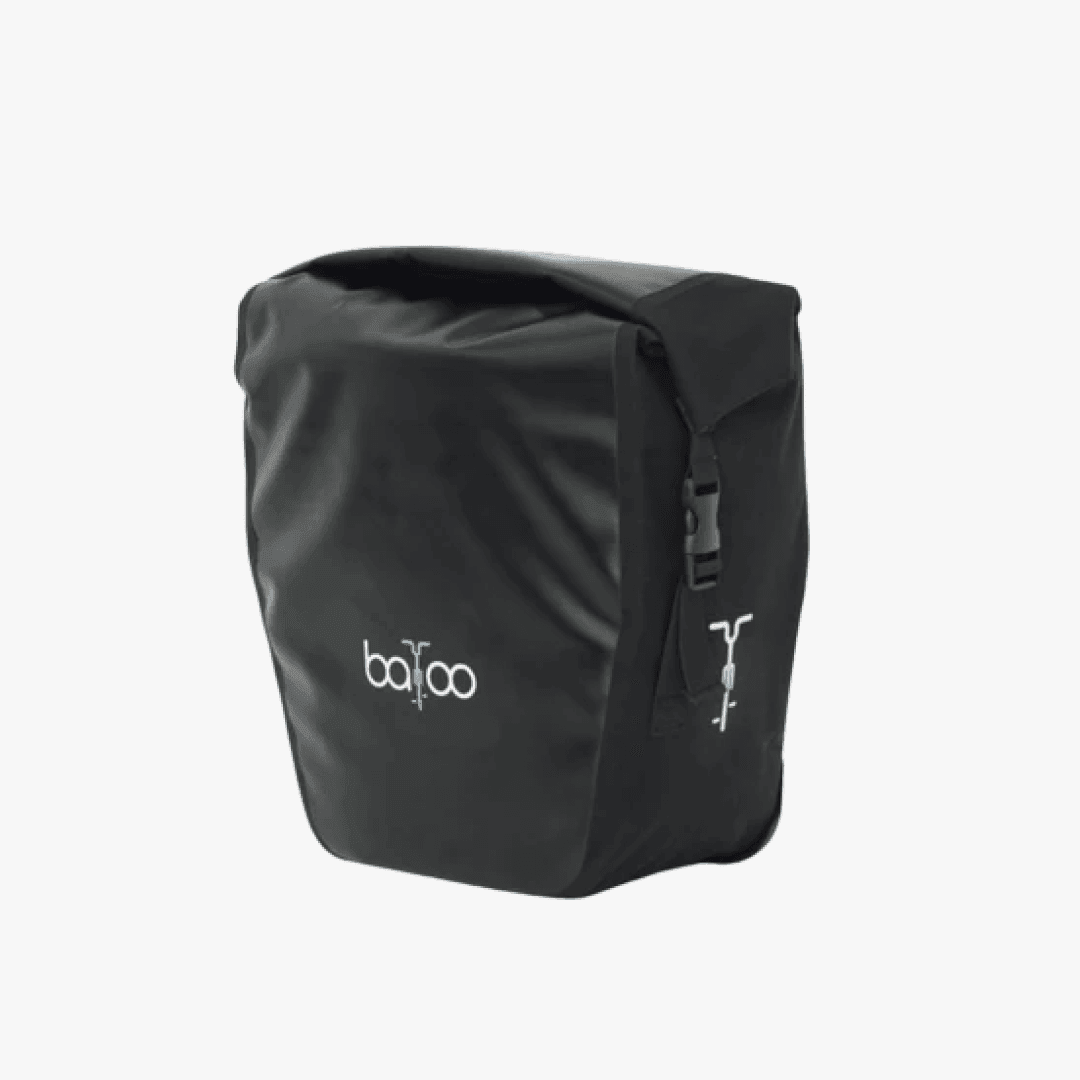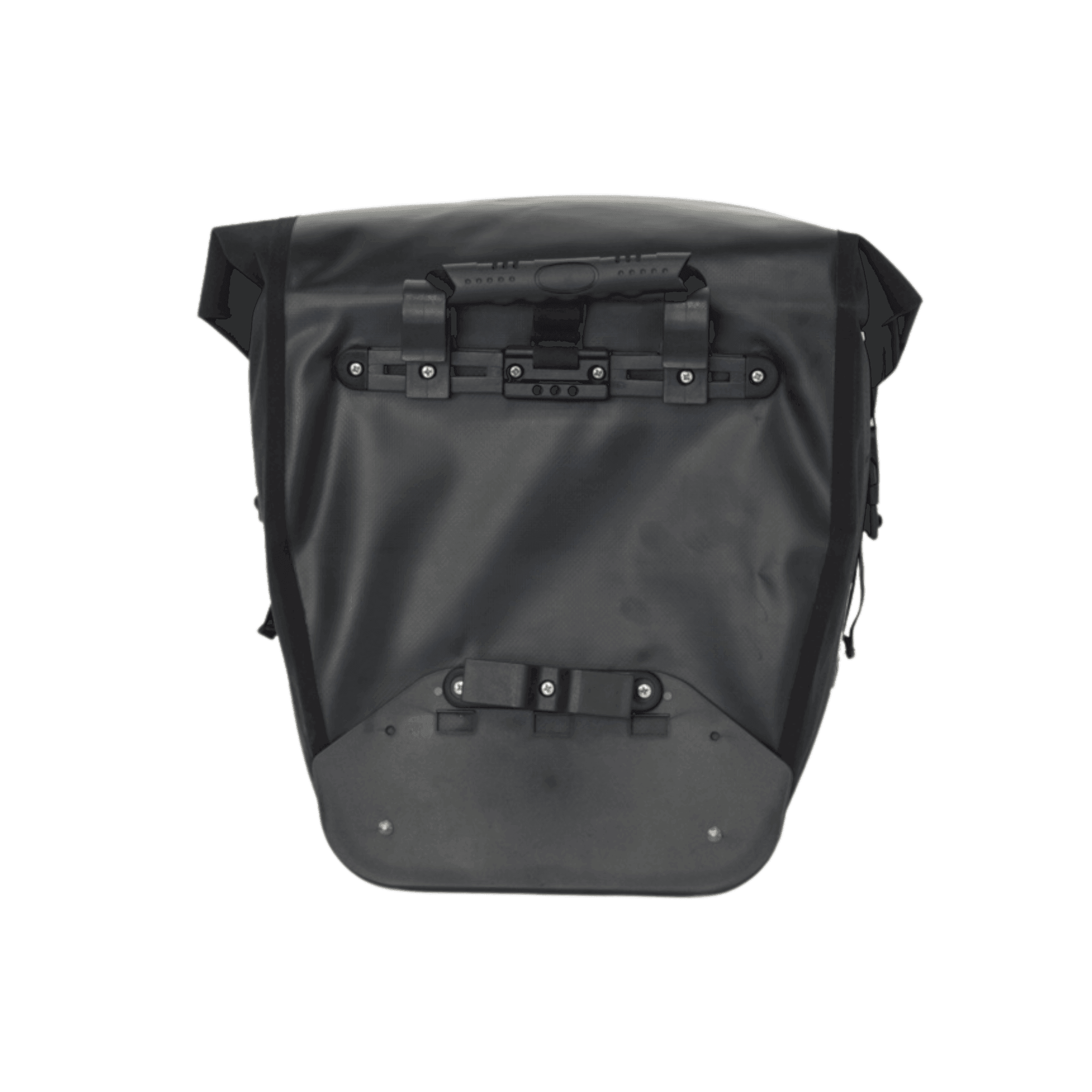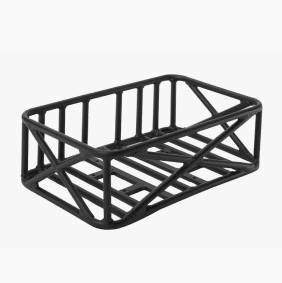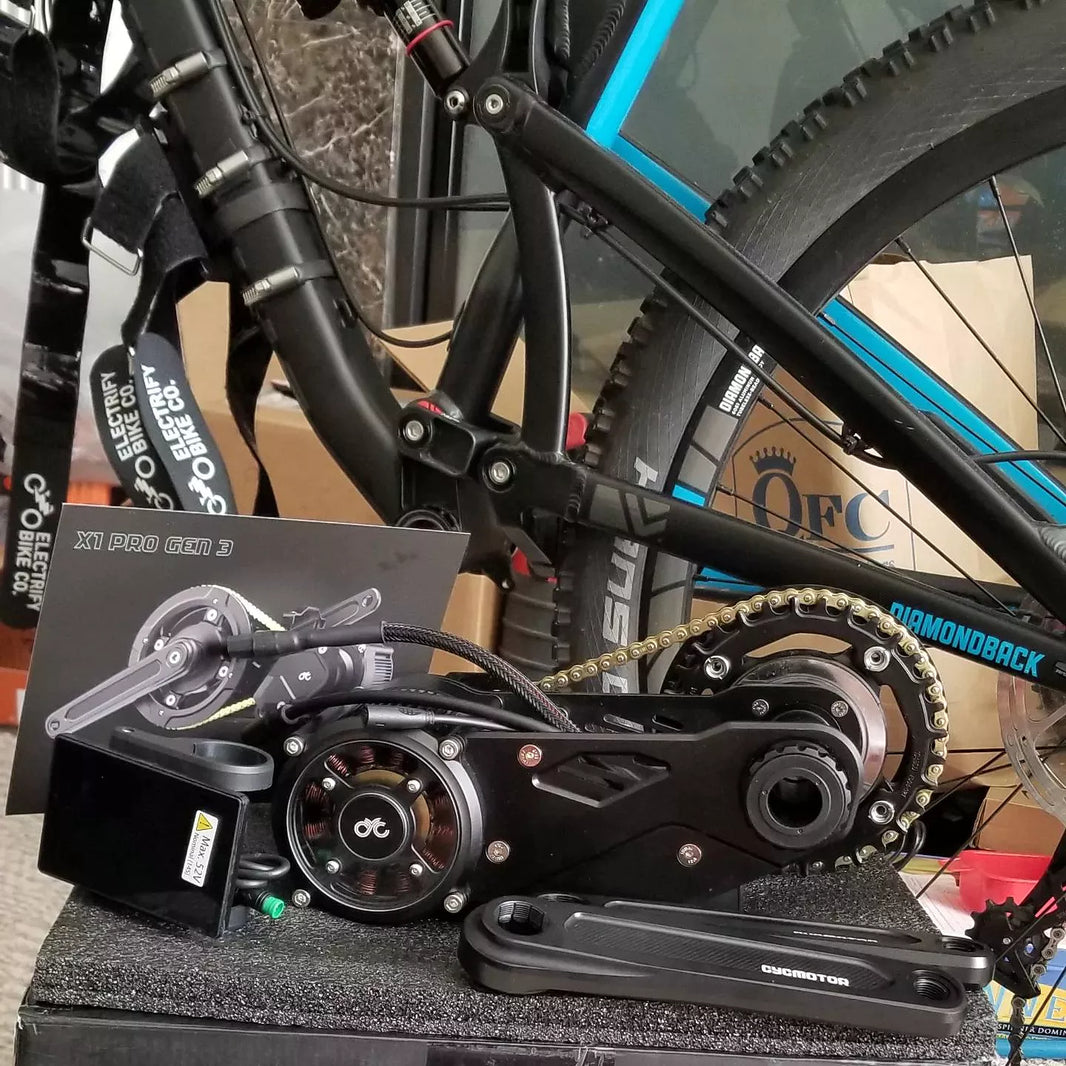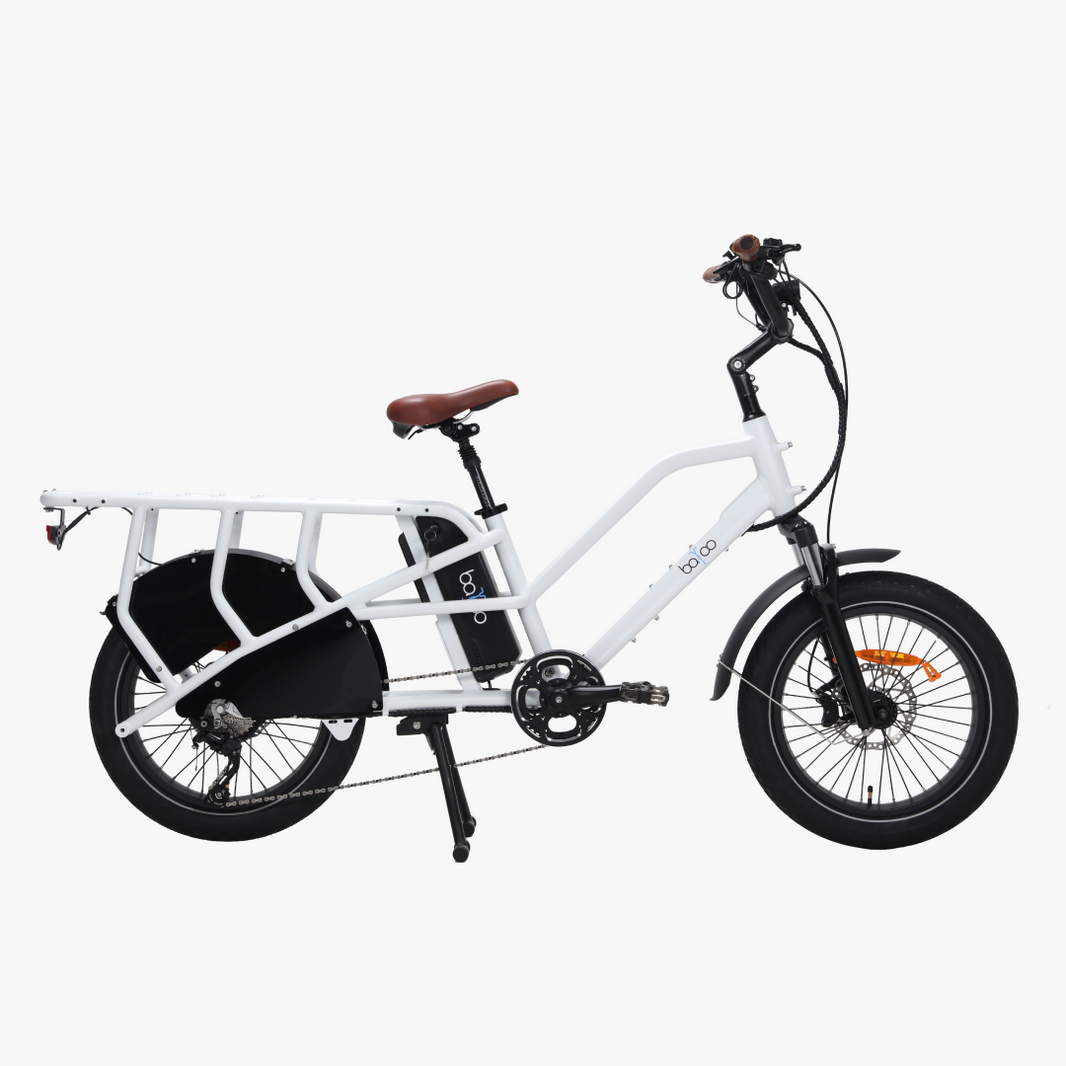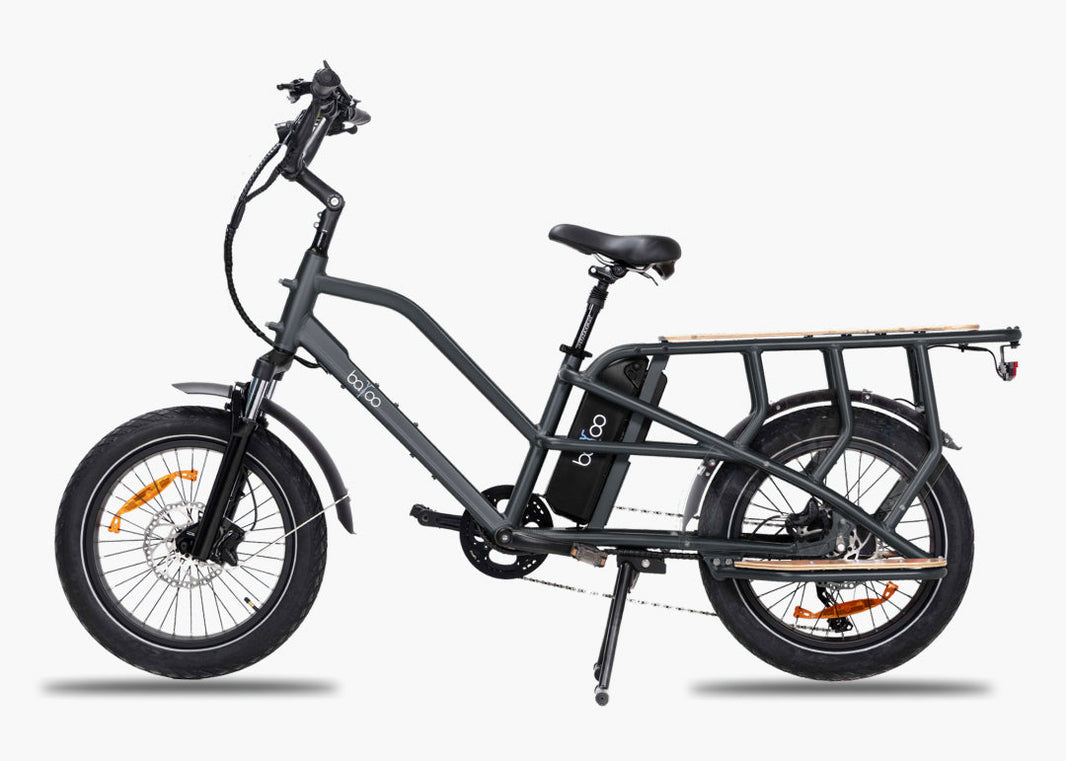For electrically assisted bicycles (EAB) and for Europe, the legislation provides for a speed restriction of 25 km/hour.
On the other hand, speed bikes allow the user to reach 45 km/hour, but other criteria must be respected which may, depending on the case, be a little more restrictive given that these models are considered mopeds with the regulations that go with them.
To know what speed for your electric bike: 25 km/h or 45 km/h? This will depend on your own selection criteria and your needs. You should know that in France, it is the Regional Directorate for Industry, Research and the Environment (DRIRE) which is responsible for approving electrically assisted bicycles. What speed for your electric bike? Let's see.
Understanding the difference between 25 km/h and 45 km/h
When it comes to electrically assisted bicycles (E-bikes), speed and its limitation are one thing, but to determine what speed for your electric bicycle: 25 km/h or 45 km/h, this will essentially depend on the use you are going to make of your bicycle, whether you have to ride in an urban, interurban or peri-urban environment, it also varies according to the distance you have to cover.
Electric bicycles limited to 25 km/h (VAE)
European Directive 2002/24/EC first specifies that electrically assisted bicycles, in order to be authorised on public roads, must be approved. This means that:
- Assistance should only be provided if the cyclist is pedaling; assistance should be cut off as soon as pedaling stops.
- Assistance cannot operate beyond 25 km/h
- The 50 volt maximum motor must not develop a power greater than 250 watts
- The VAE must not have any engine start control by handle or button
- The electric assistance must not be able to be started other than by pressing on the pedals.
- The VAE must have the technical characteristics required for any bicycle relating to lighting, braking, etc. As for its electrical system, it must comply with the regulations on on-board electrical systems.
- The 25 km/h electrically assisted electric bicycle is the ideal companion for urban journeys, leisure activities and short distances.
Electric bikes limited to 45 km/h (Speed Pedelec)
For the VAE called speed bike or speed pedelec, it can actually reach a speed of 45 km/h. This machine therefore allows you to travel longer distances.
The engine power is 350 Watts or even 500 for some, which puts it in the category of mopeds with engines of less than 50cc.
Thus considered as mopeds, they are subject to road regulations with compulsory wearing of helmets, prohibition of riding on cycle paths (in the same way as all other mopeds), compulsory registration (grey card). This model is to be preferred if you have to travel long distances.
Legislation and regulations

For VAE (25 km/h)
- No requirement for a license, specific insurance or registration plate.
- Wearing a helmet is recommended (but not mandatory in some countries).
For Speed Pedelecs (45 km/h)
- AM license or equivalent (depending on the country).
- >Registration and liability insurance.
- Wearing an approved helmet is mandatory.
- Ban on certain cycle paths and lanes reserved for classic bicycles.
Factors to Consider When Choosing the Ideal Speed
To choose the ideal speed for an electric bike, everything will depend on the use and also on the environment, depending on the configuration of the terrain that you have to cover daily. Are you going to ride in an urban, interurban or peri-urban environment?
Urban :
If you ride in an urban environment and your journeys do not require high speeds, there is no doubt that a classic electric bike will be more than sufficient.
Anyway, between pedestrians, traffic lights, traffic, it is not easy to ride fast and most people who ride in the city every day do less than 10 km to get around. With a classic bike you can use the cycle paths which also makes journeys easier.
Interurban/suburban:
If you travel long distances on a daily basis on roads that allow you to pick up speed, then a speedbike can be a good choice. You can opt for 45 km/h for fast and efficient road trips.
Beyond 20 km to travel, the speedbike is interesting for relatively short travel times. On the other hand, considered as a moped, you will have to equip yourself with a helmet, a pair of gloves and your bike will have to be registered and insured.
Distance and travel time
20 km by electric bike how long? Between a speed of 25 km/h and one of 45 km/h, here is the theoretical duration of the journey time for each of these speeds:
| Distance to travel | Travel time at 25 km/h | Travel time at 45 km/h |
| for 5 km | 12 min | 6 min 40 sec |
| for 10 km | 24 min | 13 min 20 sec |
| for 20 km | 48 min | 26 min 40 sec |
| for 30 km | 1h 12 min | 40 min |
Autonomy and consumption
Of course, 45 km/h bikes consume more energy, which necessarily reduces the battery life. To get an idea of the battery capacity, note that:
- For 500 Wh the average autonomy is around 80 km.
- For 400 Wh about 60 km.
- For 300 Wh it will be about 40 km.
It all depends of course on the use that is made of the electric bike, but other factors also come into play such as the weight of the cyclist, the weather conditions whether windy or not, etc.
Comfort and handling
Speed Pedelecs are often heavier and bulkier, which can be a disadvantage in urban environments.
Budget
45 km/h bikes are more expensive to purchase, maintain, and require insurance and other obligations.
The advantages and disadvantages of the two speeds

| Criteria | Bikes 25 km/h | Bikes 45 km/h |
| Accessibility | Easy to access, without formalities. | Requires license, insurance, etc. |
| Autonomy | Better autonomy. | Less autonomy. |
| Speed | Limited to 25 km/h. | More suitable for long journeys. |
| Budget | More affordable. | More expensive to buy and use. |
| Comfort | Lighter, easy to maneuver. | Heavier and more imposing. |
Conclusion
Choosing between a 25 km/h and 45 km/h bike depends on your needs and the use you need to make of your bike. In summary, 25 km/h e-bikes are well suited to urban and leisure journeys while 45 km/h Speed Pedelecs will be more suitable for long and fast journeys.
Moreover, as you now know, it is necessary to consider the legislation in force, the budget and the autonomy to be able to make the most judicious choice possible, for the average speed of the electric bike, once again, it depends on your travel conditions.
The higher the capacity, the greater the autonomy can be, but this rule is not infallible, one thing is certain, the battery weighs heavily in the price of an electric bike. Most of the batteries used today are 36 volts.
To see specific models of electric bikes, we invite you to discover the models offered by the Swiss brand BatooBike , but also knowing that cyclists in Switzerland also have specific legislation.
Frequently Asked Questions
What speed for an electric bike?
25km/h or 45km/h? In Europe, the legislation provides for a speed restriction of 25 km/hour for electrically assisted bicycles (EABs). However, this limit can be exceeded by speed bikes which allow the user to reach 45 km/hour.
What is the right power for an electric bike?
Typically, a good electric bike will have a motor with a power of between 250 and 750 watts. Bikes with motors in this range are capable of reaching speeds of up to 25 kilometers per hour and can easily cope with hills and other difficult terrain.
What license for a 45 km/h bike?
An e-bike with a maximum speed of 25 km/h with electric assistance does not require a license.
Regarding the Speed bike, which goes up to 45 km/h, the user must have an A, B or AM license.
What is the average speed on an electric bike?
An electric bike whose assistance cuts off at 25 km/h will allow you to ride at an average of around 25 km/h on a regular route without stopping. However, the average is lower if your route is littered with stop signs and red lights. In urban areas, we tend to oscillate between 15 and 20 km/h.












